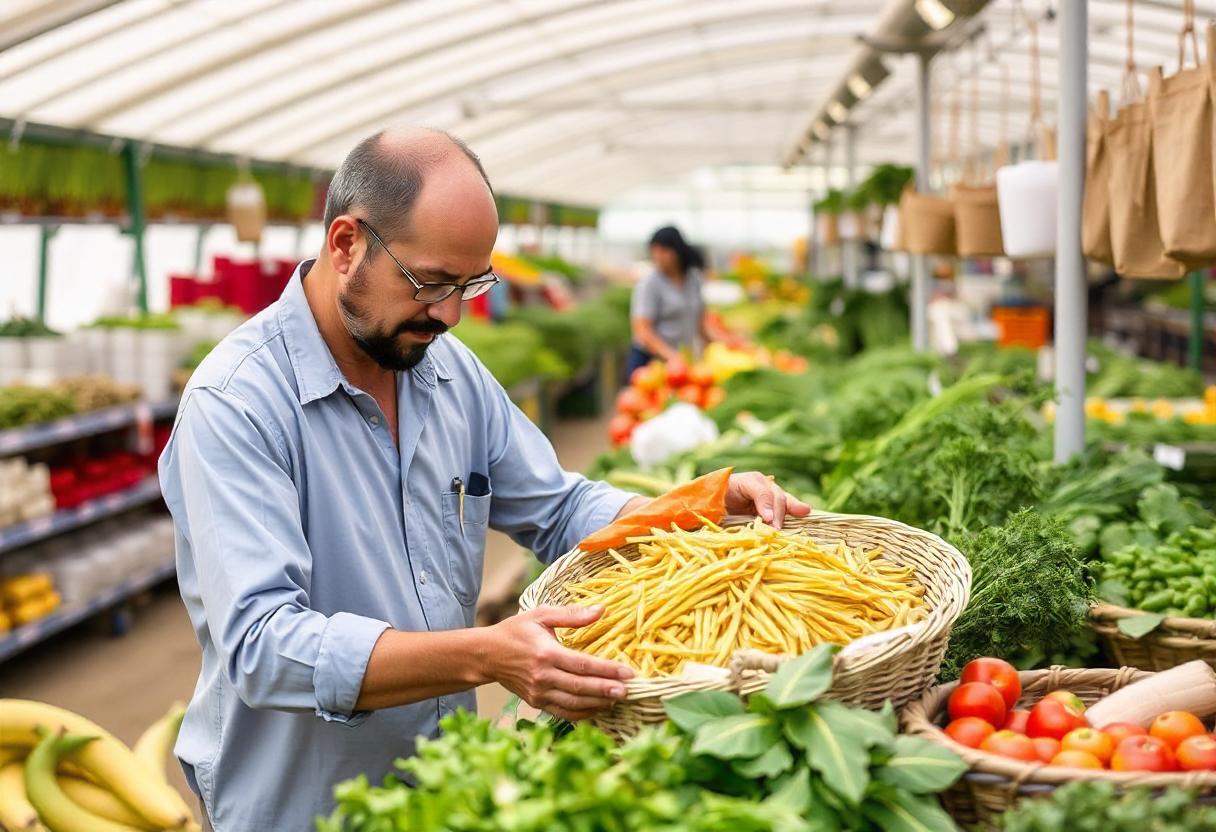
The fields of agriculture, food, and agribusiness are deeply interconnected, encompassing the entire spectrum of activities from farming to food production and distribution. This sector not only plays a crucial role in global food security and economic stability but also influences environmental sustainability and rural development. Understanding these components and their interplay can provide insights into how modern agricultural systems function and evolve.
Key Components of Agriculture, Food, and Agribusiness
Agriculture
Agriculture forms the foundation of the sector, involving the cultivation of crops and the raising of animals for food, fiber, and other products. This component covers:
- Crop Production: Includes the cultivation of cereals, fruits, vegetables, and legumes. Techniques vary from traditional farming to modern practices like precision agriculture and organic farming.
- Livestock Management: Focuses on the raising of animals for meat, dairy, wool, and other products. This includes various types of livestock, such as cattle, poultry, and sheep.
- Sustainable Practices: Emphasizes methods that maintain or improve soil health, conserve water, and reduce environmental impact. Practices include crop rotation, conservation tillage, and integrated pest management.
Food Production
Food production encompasses the processing and preparation of food products derived from agricultural outputs. This component includes:
- Processing: The transformation of raw agricultural products into consumable food items. This includes everything from milling grains into flour to processing fruits into jams and juices.
- Packaging: Involves the design and production of packaging materials that ensure food safety, extend shelf life, and meet regulatory requirements.
- Distribution: The logistics of transporting food products from processing facilities to retailers and consumers. This includes warehousing, transportation, and supply chain management.
Agribusiness
Agribusiness refers to the commercial aspects of agriculture, including the various business operations and activities that support farming and food production. Key areas include:
- Farm Management: Involves the strategic planning and operation of farms. This includes budgeting, resource management, and adopting new technologies.
- Agri-finance: Provides financial services such as loans, insurance, and investment specifically tailored for agricultural enterprises. This helps farmers manage risks and invest in new technologies.
- Agricultural Equipment and Supplies: Covers the production and sale of machinery, seeds, fertilizers, and other inputs necessary for farming operations.
Trends and Innovations
The agriculture, food, and agribusiness sectors are continuously evolving with new trends and innovations:
Technology Integration
- Precision Agriculture: Utilizes technologies such as GPS, drones, and sensors to optimize farming practices, improve crop yields, and reduce resource use.
- Food Technology: Innovations such as lab-grown meat, plant-based alternatives, and advanced food processing techniques are reshaping food production and consumption.
Sustainability Initiatives
- Regenerative Agriculture: Focuses on practices that restore soil health, increase biodiversity, and sequester carbon. This approach aims to create more resilient and sustainable farming systems.
- Circular Economy: Involves reducing waste and enhancing the efficiency of resource use throughout the food production and supply chain.
Consumer Preferences
- Health and Wellness: Growing consumer demand for healthy, organic, and locally-sourced foods influences production and marketing strategies.
- Traceability and Transparency: Increased consumer interest in knowing the origins and production practices of their food is driving advancements in supply chain transparency and traceability.
Challenges Facing the Sector
The agriculture, food, and agribusiness sectors face several challenges that impact their operation and sustainability:
- Climate Change: Adverse weather conditions, changing climate patterns, and extreme events affect crop yields, livestock health, and overall food security.
- Resource Scarcity: Limited availability of water, arable land, and other resources poses challenges for production and requires innovative management strategies.
- Economic Pressures: Fluctuating market prices, trade policies, and economic uncertainties can impact profitability and stability within the sector.
Future Directions
The future of agriculture, food, and agribusiness will likely be shaped by ongoing advancements and shifts in consumer demands:
- Innovation in Agri-tech: Continued development of smart farming technologies, artificial intelligence, and data analytics will drive efficiency and productivity.
- Sustainable Practices: Increasing emphasis on environmental sustainability and ethical production methods will influence both consumer choices and industry practices.
- Global Food Systems: Efforts to address global food security and improve supply chain resilience will be critical in adapting to emerging challenges and opportunities.
The intersection of agriculture, food, and agribusiness represents a complex and dynamic sector that is vital to global health, economic stability, and environmental sustainability. By embracing innovation and addressing emerging challenges, the sector can continue to evolve and meet the needs of a growing world population.